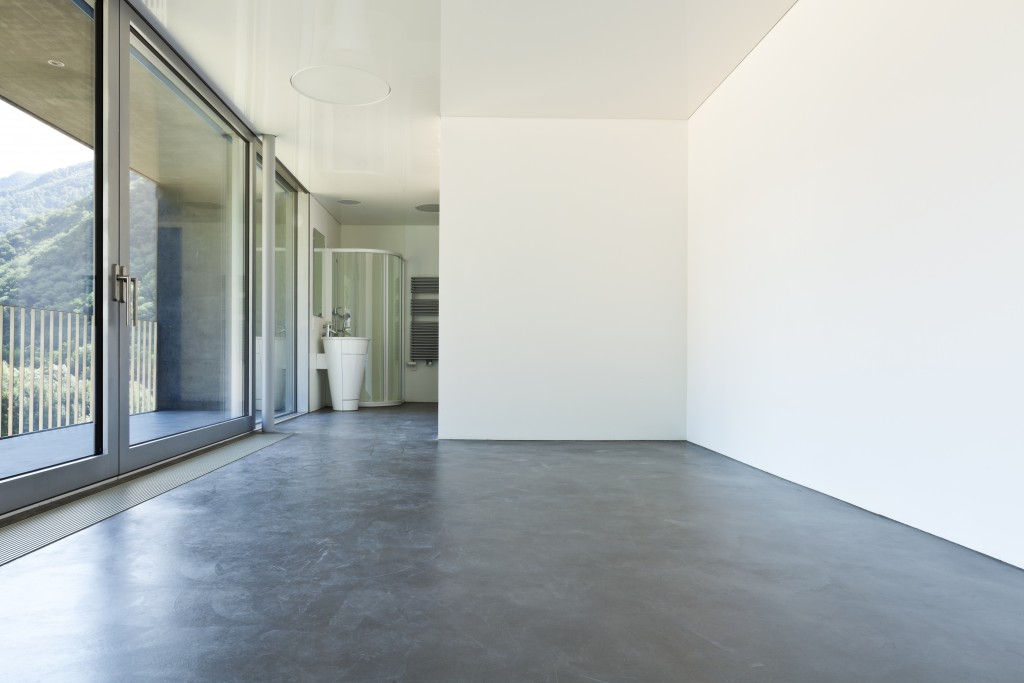Pouring a concrete slab without any air holes or hitches is no easy feat, but that doesn’t mean the job is done. It’s only the first step in many construction projects. If you want to do things the right way, you need to finish the concrete. And ensuring a smooth finish for the concrete surface is even harder.
Concrete finishing isn’t just for beautification, however. It also provides a moisture seal for deckingand protects the concrete slab from wear and tear caused by traffic and the elements.
Here are a few tips and tricks for concrete finishing. These pointers will work for everyone, whether you’re a home DIYer or a professional tradesman. Let’s start.
1. Work with the right toolbox
If you want to ensure a successful concrete finishing, then you should work with the right set of tools. If you’re a construction professional, then you probably have most or all of these tools. But for home DIYers, you might need to pick up a new set at a home improvement store near you.
Every concrete finishing toolbox needs an edger, a steel trowel, a float (wood or magnesium are both fine), a grooving tool, and a bull float. Some of these tools can be rented if you’re working on a single project.
You must have all of these tools on hand before starting the project. You don’t want to realize halfway through working that you lack one or two tools and end up with a poor finish, or worse, an uneven surface.
2. Work around the concrete

Not all concrete is the same. When planning a concrete finish, make sure your methods suit the particular needs and circumstances of the concrete slab and the environment. Techniques that work in hot climates might not work in temperate places. You also have to consider whether the slab will have to withstand a lot of traffic or not.
Follow the instructions precisely when mixing the concrete if you want to ensure a strong and even slab. Always use measuring tools as the results won’t be as good if you rely on hand or eye-measuring.
3. Make sure you know what you’re doing
Concrete finishing isn’t something you can learn through trial and error. Wrong construction practices can result in a substandard finish or even structural failure. For instance, one of the most common finishing mistakes is not knowing when to do it and for how long. Over or under-troweling can lead to a weakened surface, cracking, and uneven finishing.
Use a float or trowel to smooth the surface of the slab. The entire process should only take a few minutes. For a smoother finish, you can repeat the smoothing process up to three times, with rest time in between to allow the slab to set. When smoothing the concrete, don’t forget to consider the weather. You have to work faster on sunny days since the concrete will set quickly.
Concrete finishingmight seem complicated and daunting, but with the right tools and training, you can achieve a smooth finish for your concrete surfaces. Don’t forget to cure the concrete after the finishing process to complete the project.

